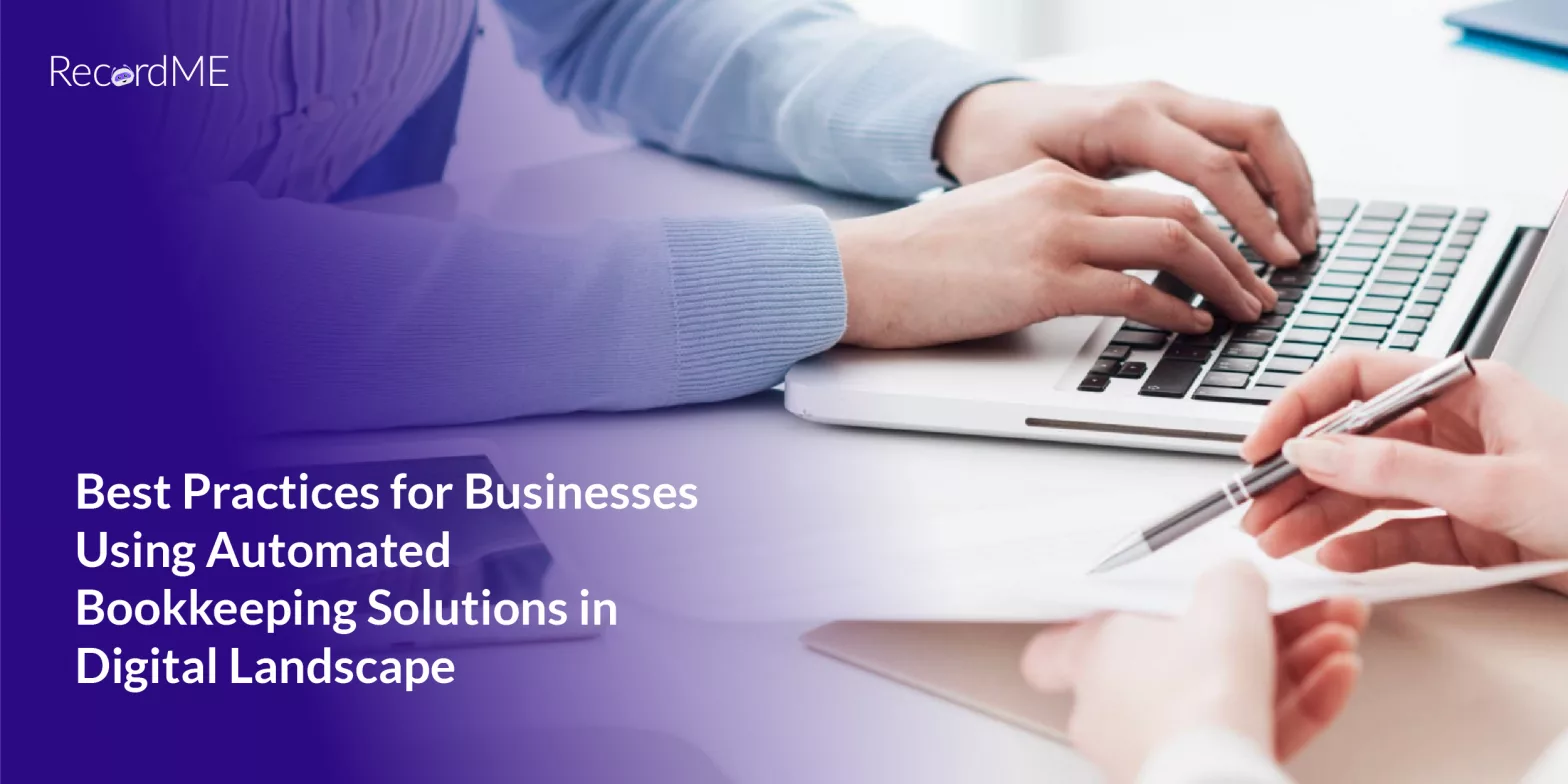Electronic invoicing or E-invoicing is the future of invoicing. There are tons of reasons that justify why e-invoicing is better compared to standard paper invoices.
There are some limitations of e-invoicing; still, the advantages of digital invoices outnumber the cons every day of the week. According to a report, the e-invoicing market is estimated to grow at a CAGR of 21.4% and is expected to increase by $15330 million.
Invoices are a necessary part of every business operation, whether selling a product or offering a service it is the way that enables payments and expense tracking.
That is why it is essential to have a reliable invoice management solution, and there is no way to do so than digitally.
Will E-invoicing Replace Paper Receipts in the Future?
E-invoicing will become essential in the future as more and more businesses are going digital. The statistics also reveal that more than 64% of firms are willing to utilise electronic receipts in the future, replacing paper invoices.
What is Electronic Invoicing?
As the name suggests, Electronic invoicing aims to replace the traditional paper invoicing system. It is also known as e-invoicing, the process of sending and receiving invoices via different digital channels such as email.
The operation of e-invoicing between trading partners is more convenient as it simplifies the way of managing data. Unlike paper invoices, which are mostly delayed and lost out, electronic invoices provide a better system of tracking a firm’s expenses.
E-invoice is delivered through the e-invoicing operator, and the process eliminates the steps of manual data entry, accuracy checks and information mistyping.
In addition, firms often use digital invoicing systems to improve the accuracy of their daily expenses. Here are some of the advantages that e-invoicing provides over the traditional method.
Benefits of Electronic Invoicing
Businesses take many advantages of e-invoicing and may still need to leave the outdated paper invoice system behind.
Save Time
With the electronic invoicing system, firms can eliminate unnecessary time-consuming steps, such as manual entry. It automatically creates the necessary electronic slips, saving the customer and provider time.
Reduces Costs
Many expenses are involved in traditional invoicing, such as postal fees and paper charges. With paperless electronic invoicing, organizations can reduce costs by using digital channels for billing and tracking.
Improves Customer Service
It is more convenient for customers to get the invoices on their desired platforms, improving experience and service. Also, e-invoicing facilitates the customers by faster receipt generation times.
Easy Invoice Tracking
The main issue with paper invoices is that they go missing or sometimes get replaced with one another. Using the electronic invoicing system for tracking and managing invoices and business transactions becomes much more manageable.
Security
Traditional invoicing is hectic and time-consuming and often falls into the wrong hands. The new digital way of invoicing allows businesses to improve the safety of their data. All the e-invoices are stored in a secure portal that is backed by a cloud repository, enabling real-time data monitoring. Even if a system gets stolen, all the invoices will be kept safe on the cloud.
Environment Friendly
Traditional invoicing consumes a lot of paper resources every year. In the US, private firms spend around $3 billion annually on supplies and postage for paper invoices and receipts. By shifting to a digital invoicing system, companies can eliminate fuel and transportation emissions, contributing to the mission of a healthy environment.
Getting Started with E-invoicing
E-invoicing can save a lot of time and money as it is a new convenient way of managing expenses. Configuring an electronic invoicing system for the first time will require several measures to be taken care of.
To get started using electronic invoicing, firms have to implement different measures. Proper identification of business requirements and customer needs is important to shift from traditional invoicing to digital billing.
Identify Customer Needs
The first step in the way of e-invoicing is understanding customer demands. A successful business runs on a satisfied customer base. To tailor an efficient e-invoicing system, an organization would meet all the customer requirements. This will help streamline business processes by mitigating unnecessary steps. In addition, it will help in developing a better pricing strategy to meet the budget.
Regulation Compliance
Depending on the area of business operation, the legal requirements are different for electronic invoicing. For instance, countries under the EU (European Union) follow a standard for electronic invoicing introduced by the European Commission, directive 2014/55/EU.
In parallel, the OMB (Office Management and Budget have introduced a set of standards in the US for all sorts of invoice exchanges between enterprises, firms and even government agencies.
When shifting from traditional to digital invoicing, firms need to make sure that they follow the rules and regulations of the national authorities.
Use the Right Bookkeeping Tools
There are different software in the market that aim to provide an efficient way of managing invoices and receipts. Choosing the right tool is necessary when shifting towards a digital invoicing system.
A good automated bookkeeping solution enables firms to kickstart their transformation into the digital world by automatically setting up an efficient system that keeps track of expenses.
How RecordMe can Help?
There is a significant shift toward automation, especially regarding the demand for electronic invoicing systems.
Due to an increase in remote workers and government regulations like the British government’s Making Tax Digital (MTD) requirements or the EU’s e-invoicing legislation, digital transformation is becoming both desirable and necessary.
E-Invoicing is now one of the most important steps companies take towards the digitalization of their processing cycles. It is the right time to invest in e-Invoicing to take the business to the next level, as worldwide jurisdictions, especially in Asia, are introducing mandates and implementing frameworks to enable e-Invoicing.
Invoice management with RecordMe.ai allows companies to process invoices from suppliers automatically.
When a purchase order, receipt, and invoice are entered or received electronically, RecordMe.ai performs a three-way match to approve the documents. In this way, the accounts payable department can schedule bill payments so that cash flow is maximized.
If you need any assistance in automating your invoicing process, talk to us.
[ Talk To Us]




